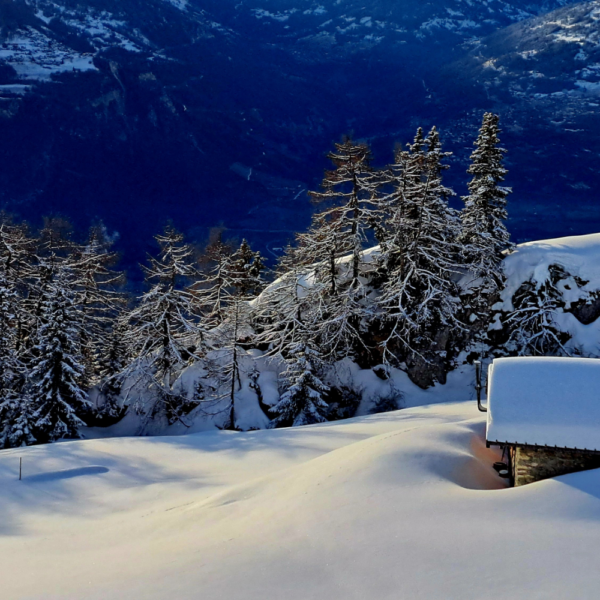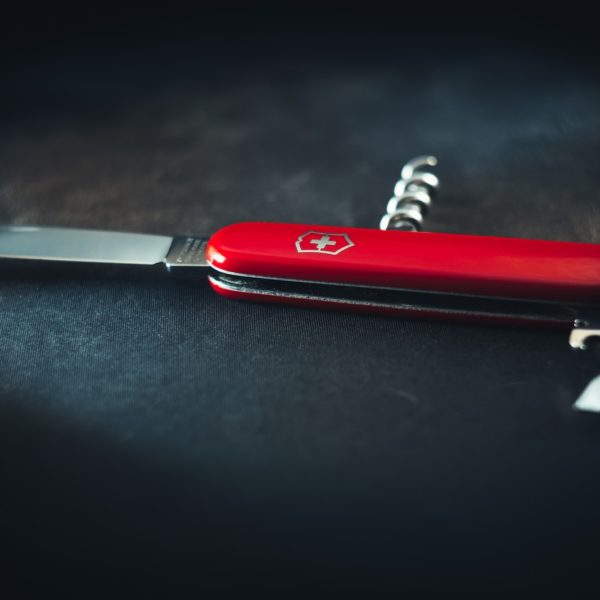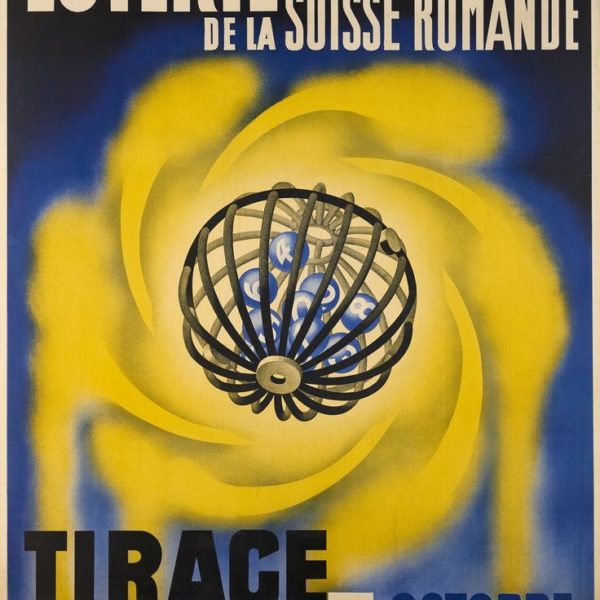Mario Botta: Master of Modern Architecture
Mario Botta, born in Mendrisio, Ticino, Switzerland, on April 1st, 1943, is an acclaimed Swiss architect renowned for his unique style and substantial contributions to modern architecture. Leaving secondary school at fifteen, Botta apprenticed with Carloni and Camenisch in Lugano before pursuing his formal education in architecture at the Art College in Milan and later at the Università Iuav di Venezia, graduating in 1969. During his studies, he worked alongside architectural luminaries such as Carlo Scarpa, Louis Kahn, and Le Corbusier, which significantly influenced his architectural style.
History and Origin of Mario Botta
Botta’s career took off in the 1970s and 1980s, a period marked by a return to geometric and simplistic forms in architecture. His early works in Switzerland, mainly houses and small churches, are notable for their strong, clear forms, often in stark contrast with their surroundings.
Botta’s approach to architecture is deeply rooted in a philosophy that buildings should be a bridge between the past, present, and future. He emphasizes the use of local materials and respects the natural and historical context of each site.
Botta’s first building, a two-family house in Morbio Superiore, Ticino, designed at the age of 16, already exhibited characteristics of his later distinctive style. His works are characterized by a strong sense of geometry, often based on simple shapes, yet creating unique spatial volumes. Botta’s designs frequently utilize brick, although he employs a wide and varied range of materials. He believes that the quality of architecture is not defined by the cost or type of materials but rather by the thoughtful expression of these materials
Significant Projects
His notable works are widespread, particularly in the Ticino region of Switzerland and internationally, including the San Francisco Museum of Modern Art, the cathedral in Évry, France, and the Europa-Park Dome in Germany. His religious buildings, such as the Cymbalista Synagogue and Jewish Heritage Center, demonstrate his profound understanding of the role of architecture in shaping spiritual spaces. Botta’s design philosophy for religious buildings reflects his belief in architecture as an integral part of the collective spiritual experience
- The San Giovanni Battista Church in Mogno: A remarkable example of his use of geometric shapes and local materials.
- The Museum of Modern Art in San Francisco: Illustrates his ability to blend contemporary design with urban environments.
- The Tschuggen Bergoase Spa in Switzerland: Showcases his skill in integrating architecture into natural landscapes.
In addition to his architectural practice, Mario Botta founded the Mendrisio Academy of Architecture in Europe, active since 1996. This institution has become one of the most prestigious architecture schools, featuring a roster of renowned lecturers, including Botta himself. This achievement highlights Botta’s commitment to the education and ongoing evolution of architectural practice
| Aspect | Detail |
|---|---|
| Birth and Early Life | Born April 1, 1943, in Mendrisio, Ticino, Switzerland. Apprenticed in Lugano at age 15. |
| Education | Studied at Art College in Milan and Università Iuav di Venezia, graduating in 1969. |
| Early Influences | Worked with Carlo Scarpa, Louis Kahn, and Le Corbusier. |
| First Building | Designed a two-family house in Morbio Superiore, Ticino, at age 16. |
| Design Style | Strong sense of geometry, use of simple shapes, and unique spatial volumes. Preference for brick and various materials. |
| Architectural Philosophy | Influenced by modernism, emphasizes simplicity and basic human needs. Sees architecture as an expression of history. |
| Notable Works | San Francisco Museum of Modern Art, the cathedral in Évry, Europa-Park Dome, Cymbalista Synagogue. |
| Contribution to Education | Founder of the Mendrisio Academy of Architecture since 1996. |
Source : Pinterest
In summary, Mario Botta’s career stands as a testament to his innovative approach to modern architecture, blending simplicity, functionality, and a deep respect for historical context. His buildings, marked by their geometric clarity and thoughtful use of materials, not only serve their intended purpose but also engage with their surroundings in a meaningful way. The founding of the Mendrisio Academy of Architecture further cements his legacy as a mentor and educator, influencing generations of architects. On a lighter note, one might say that Botta’s buildings are like a fine Swiss watch – meticulously designed, timeless, and always striking!
Mario Botta
PROS
- Innovative use of geometric forms.
- Deep respect for historical and natural contexts.
- Mastery in integrating new structures into existing environments.
- Emphasis on sustainable and local materials.
- Versatility across various types of buildings, from churches to museums.
CONS
- Some critics argue his style can be overly austere.
- His bold forms may sometimes overshadow the building's functionality.
- The distinctiveness of his designs can sometimes clash with surroundings.
- High cost associated with his detailed and specific designs.
- Limited use of color in his works, leading to a perception of monotony.

























